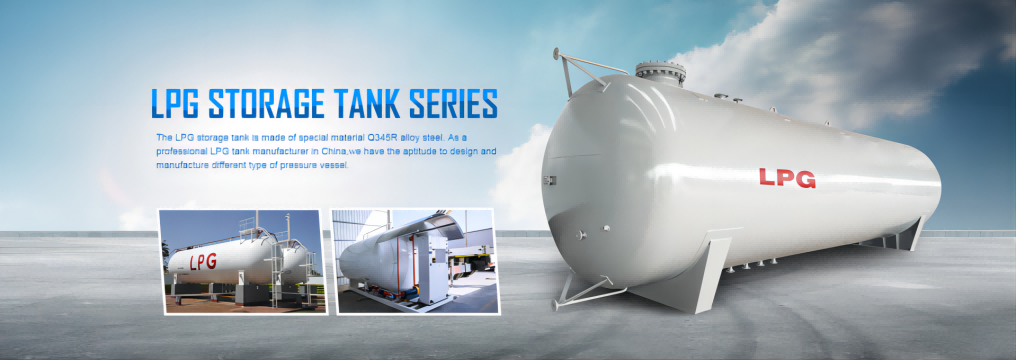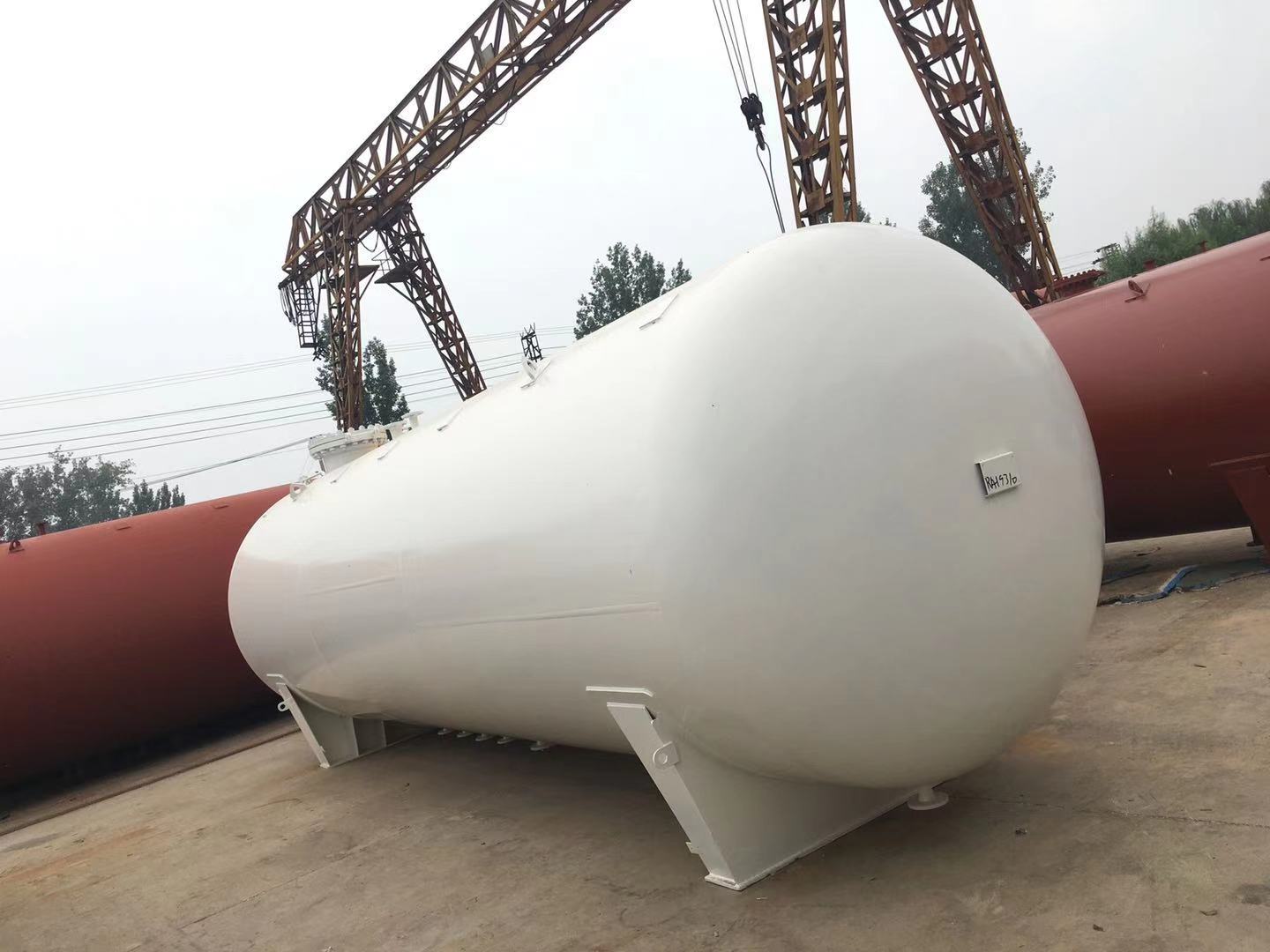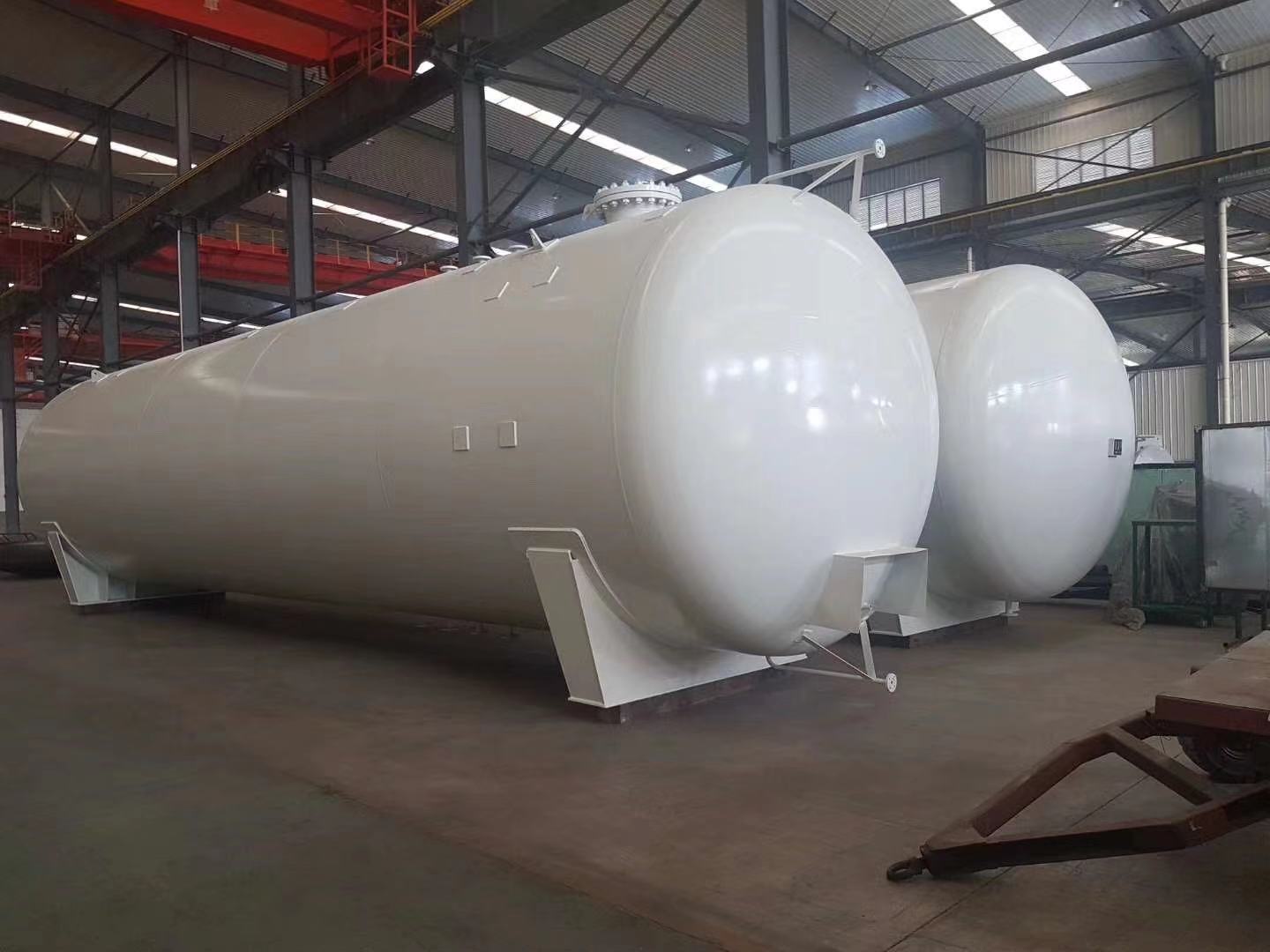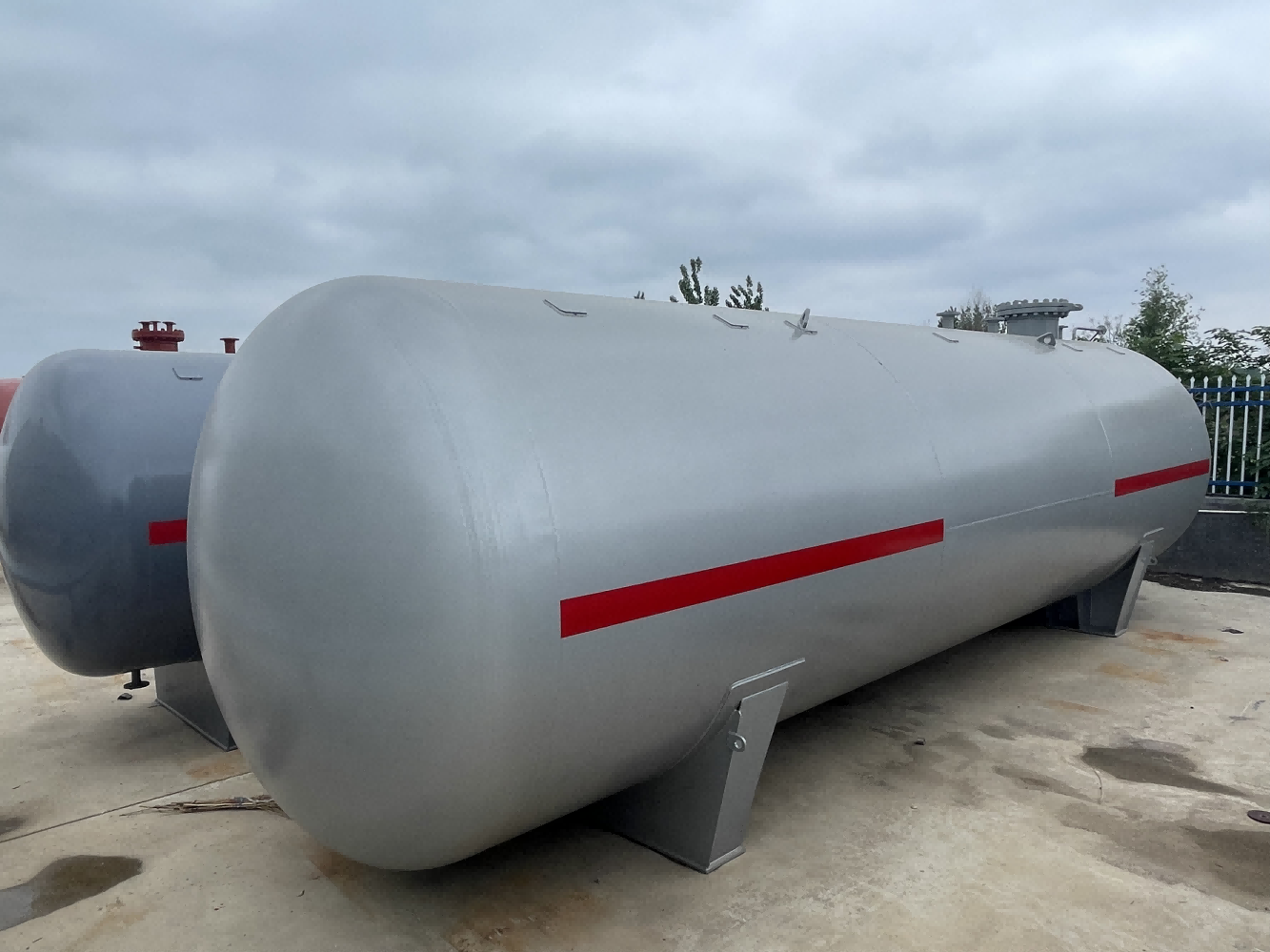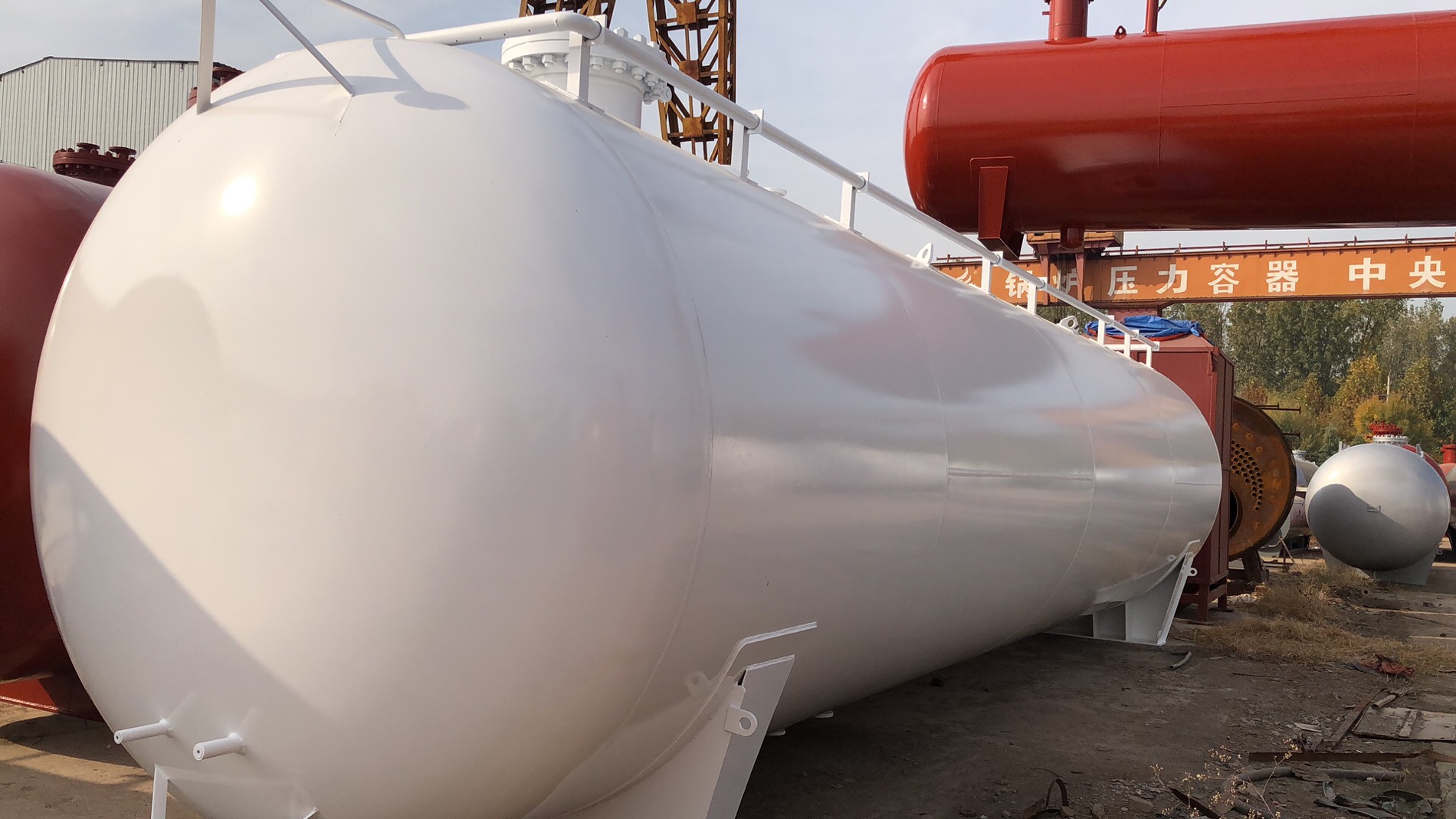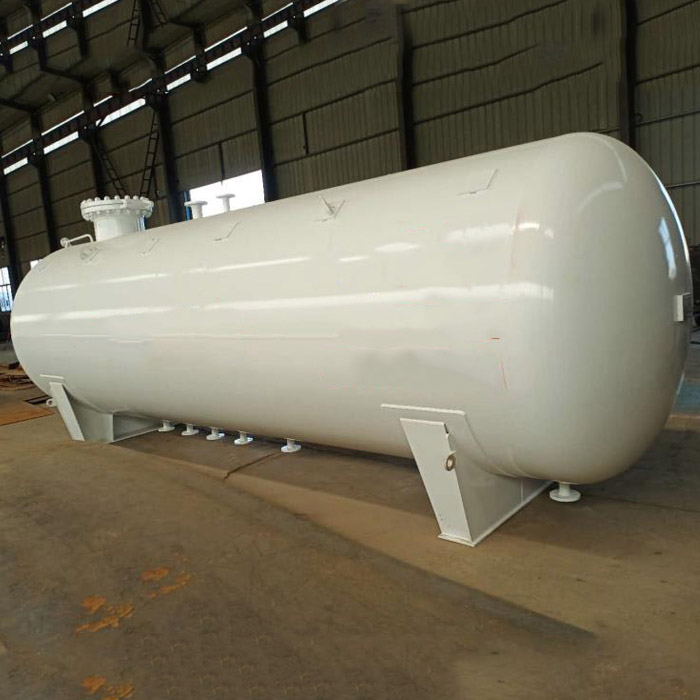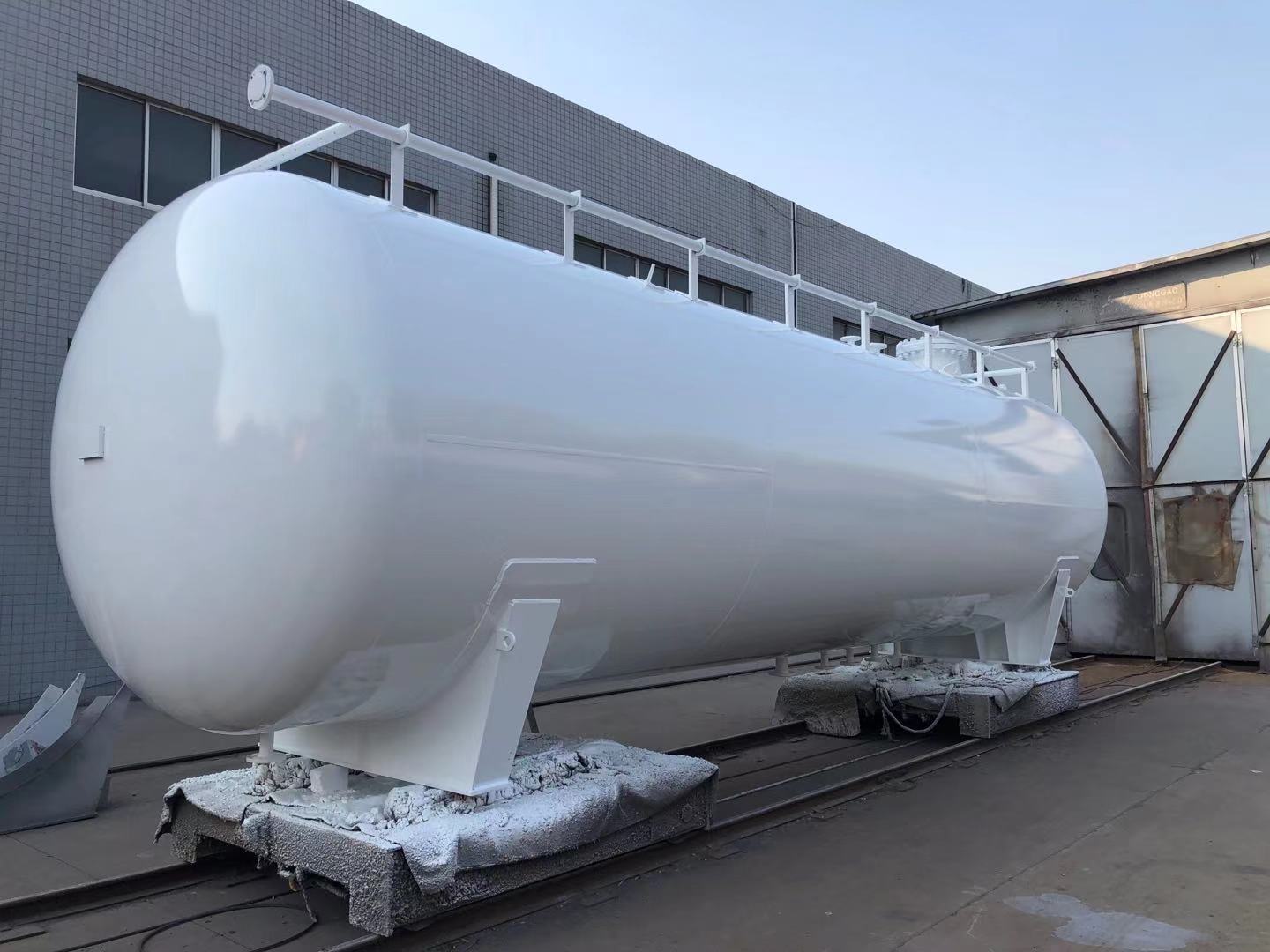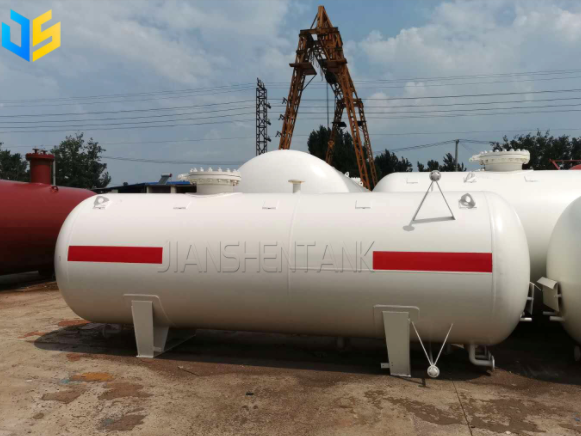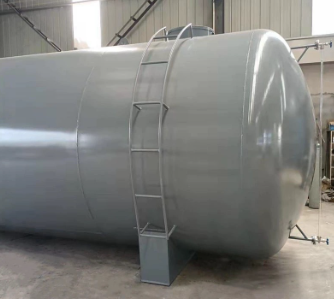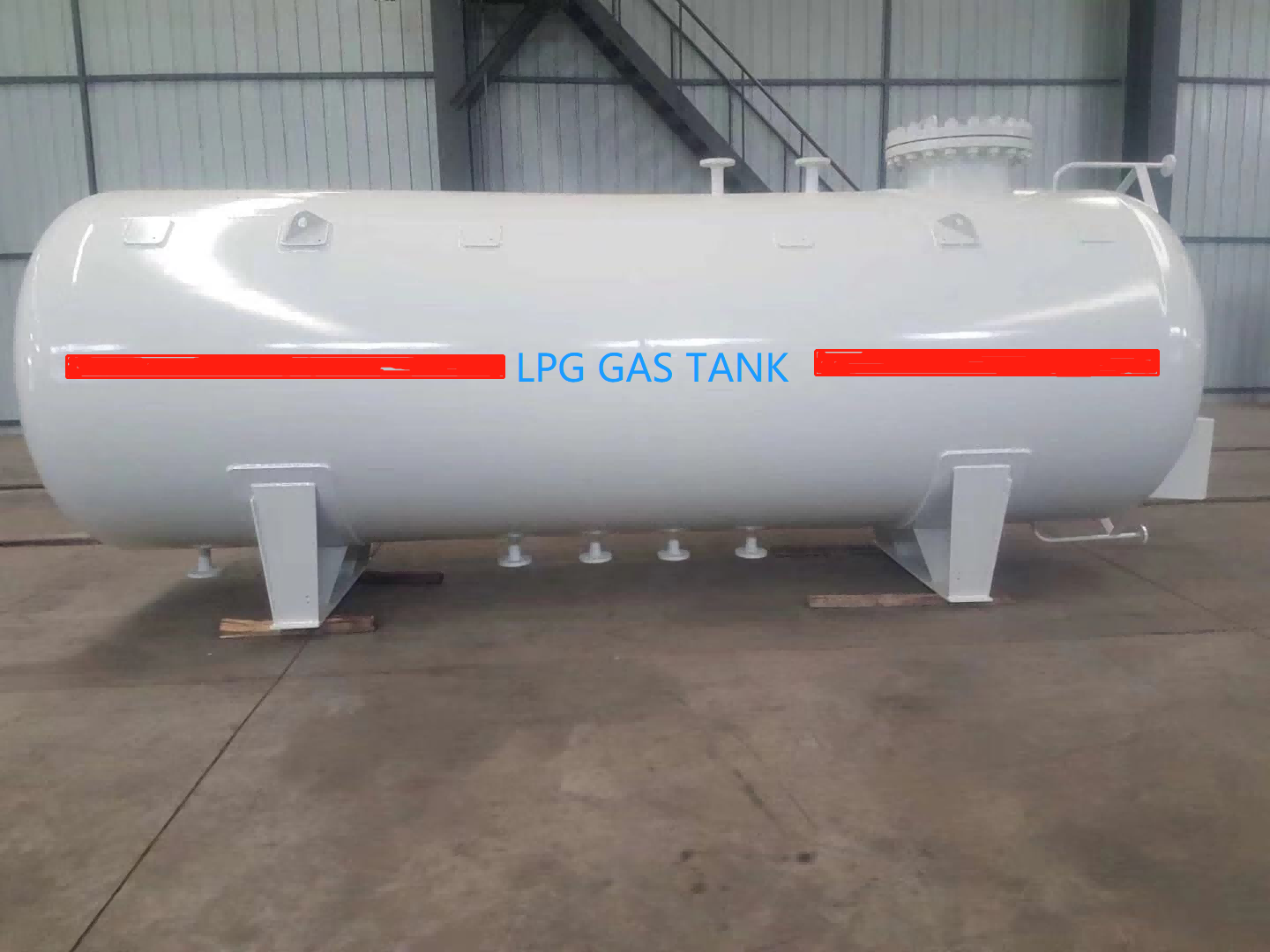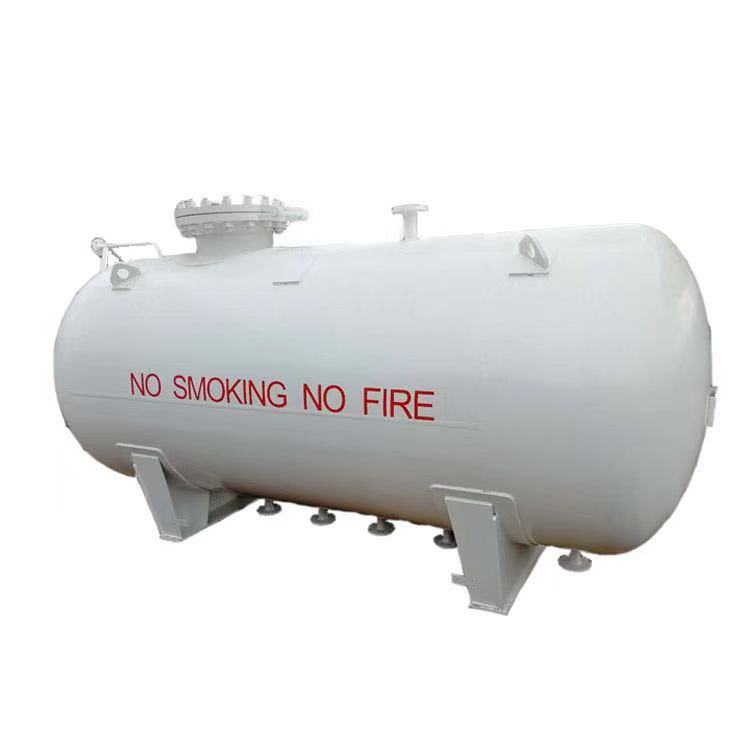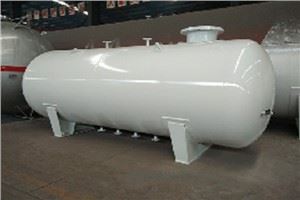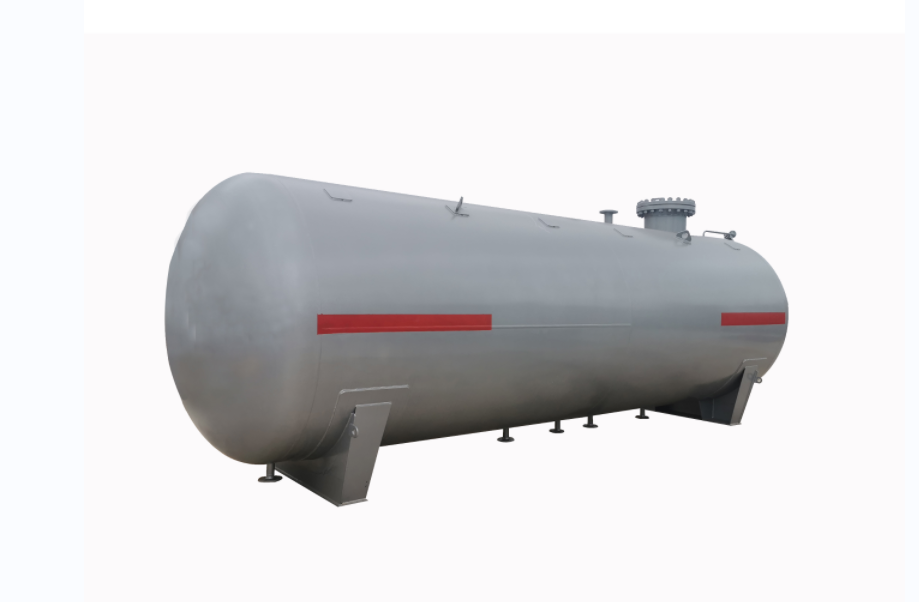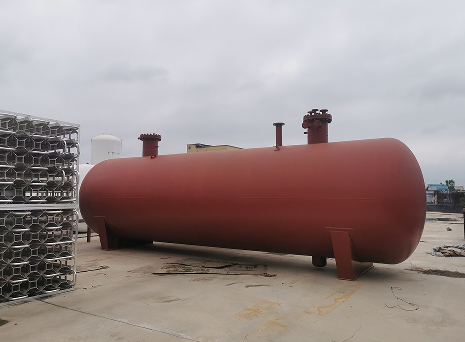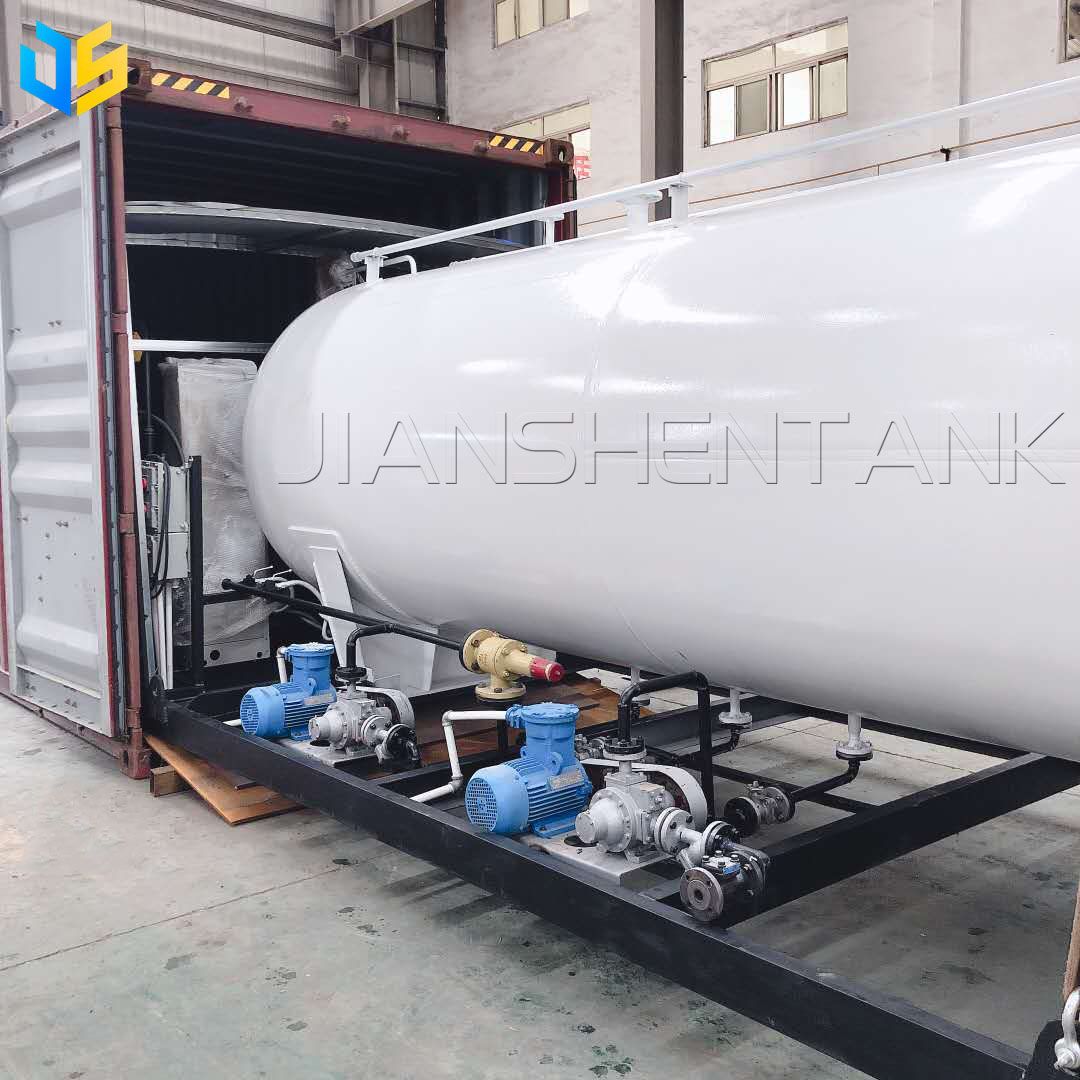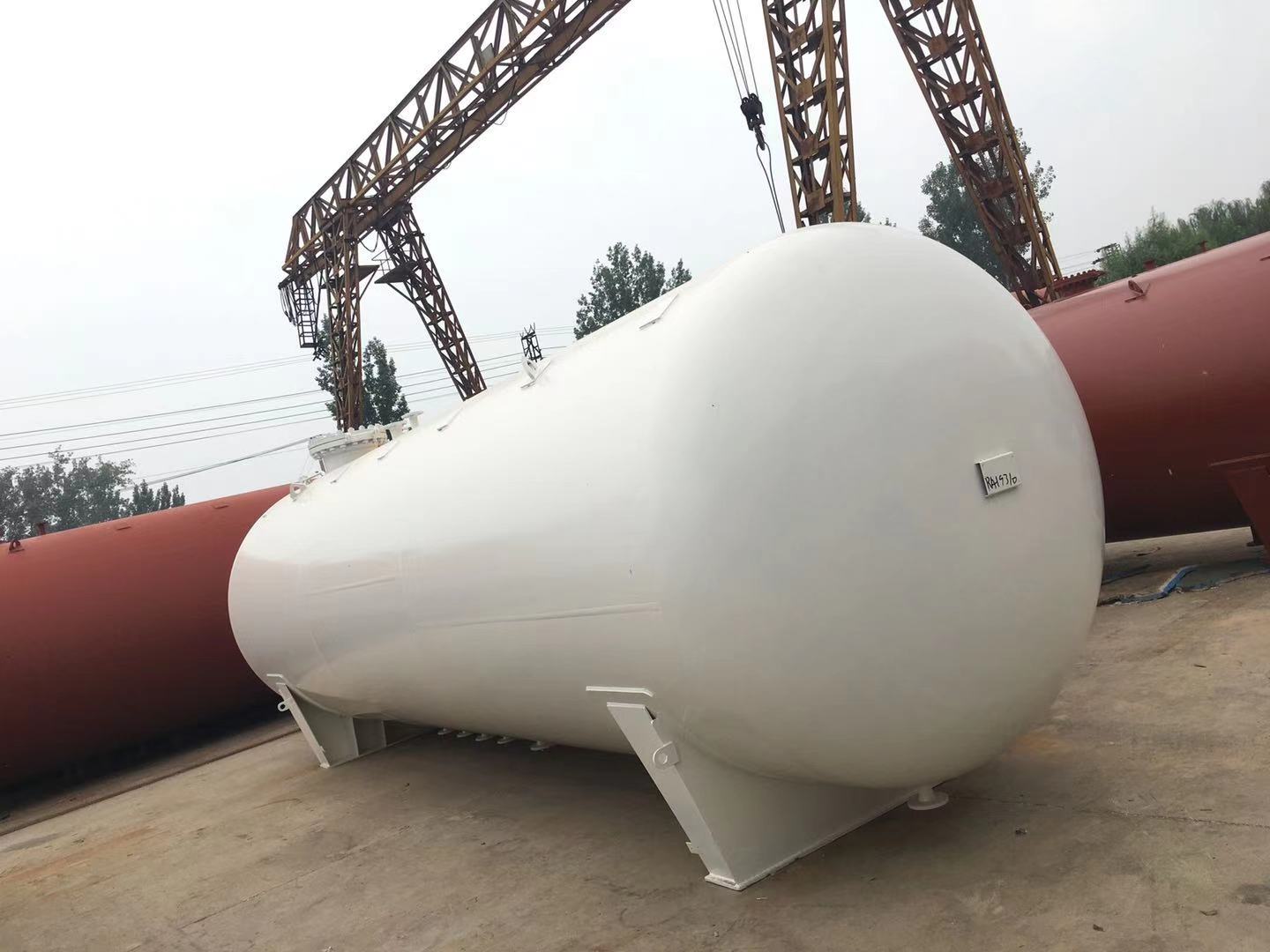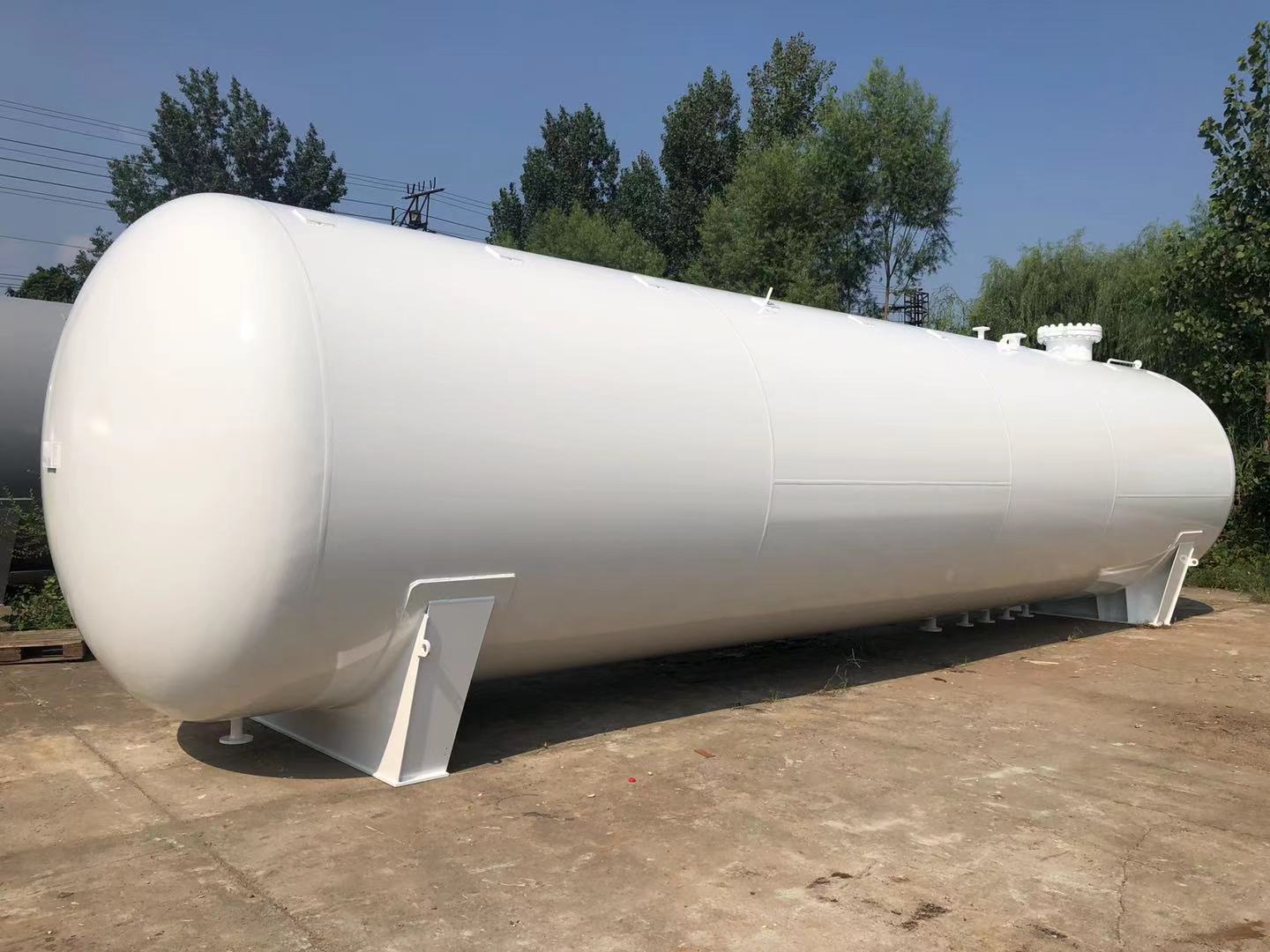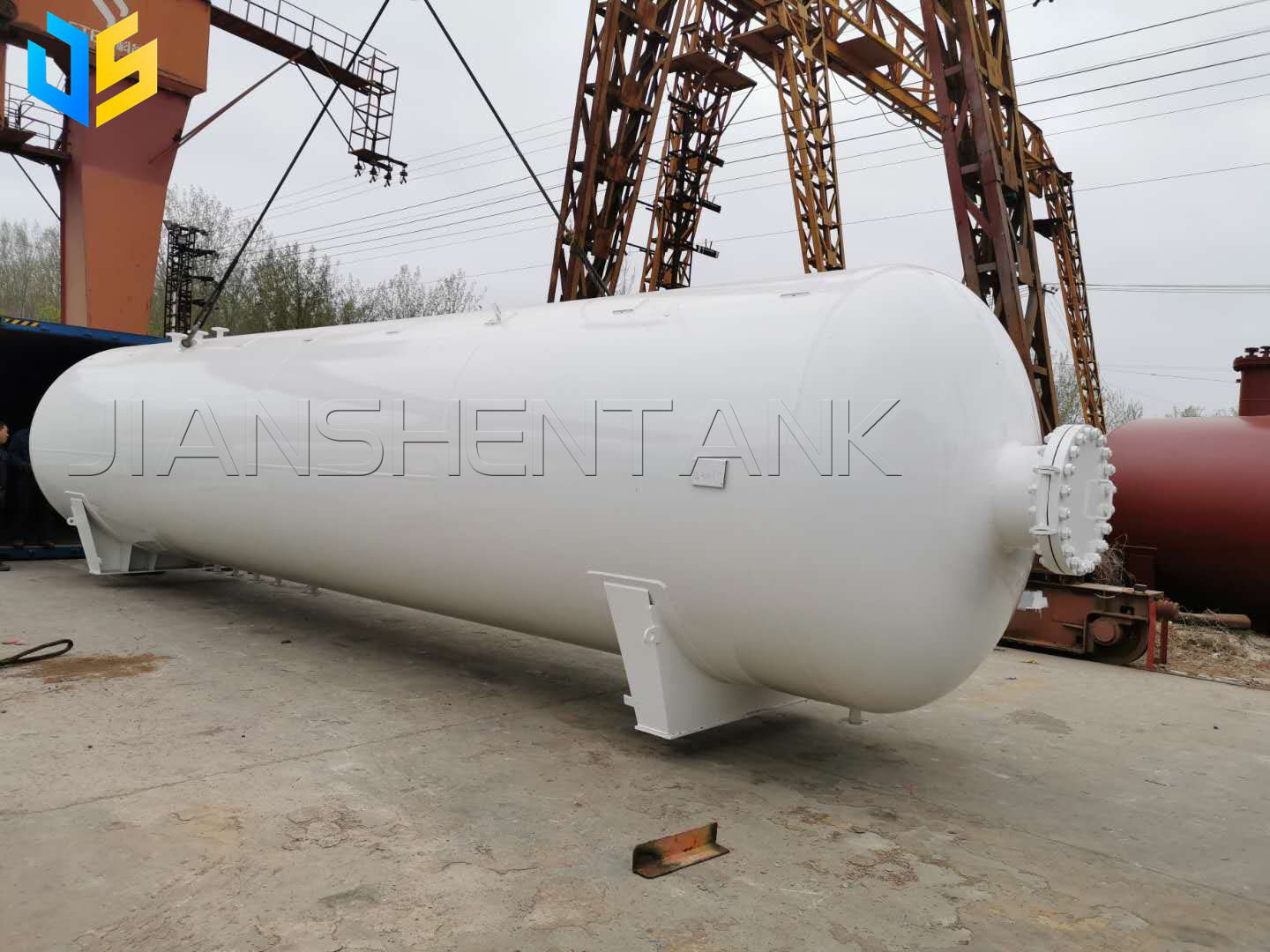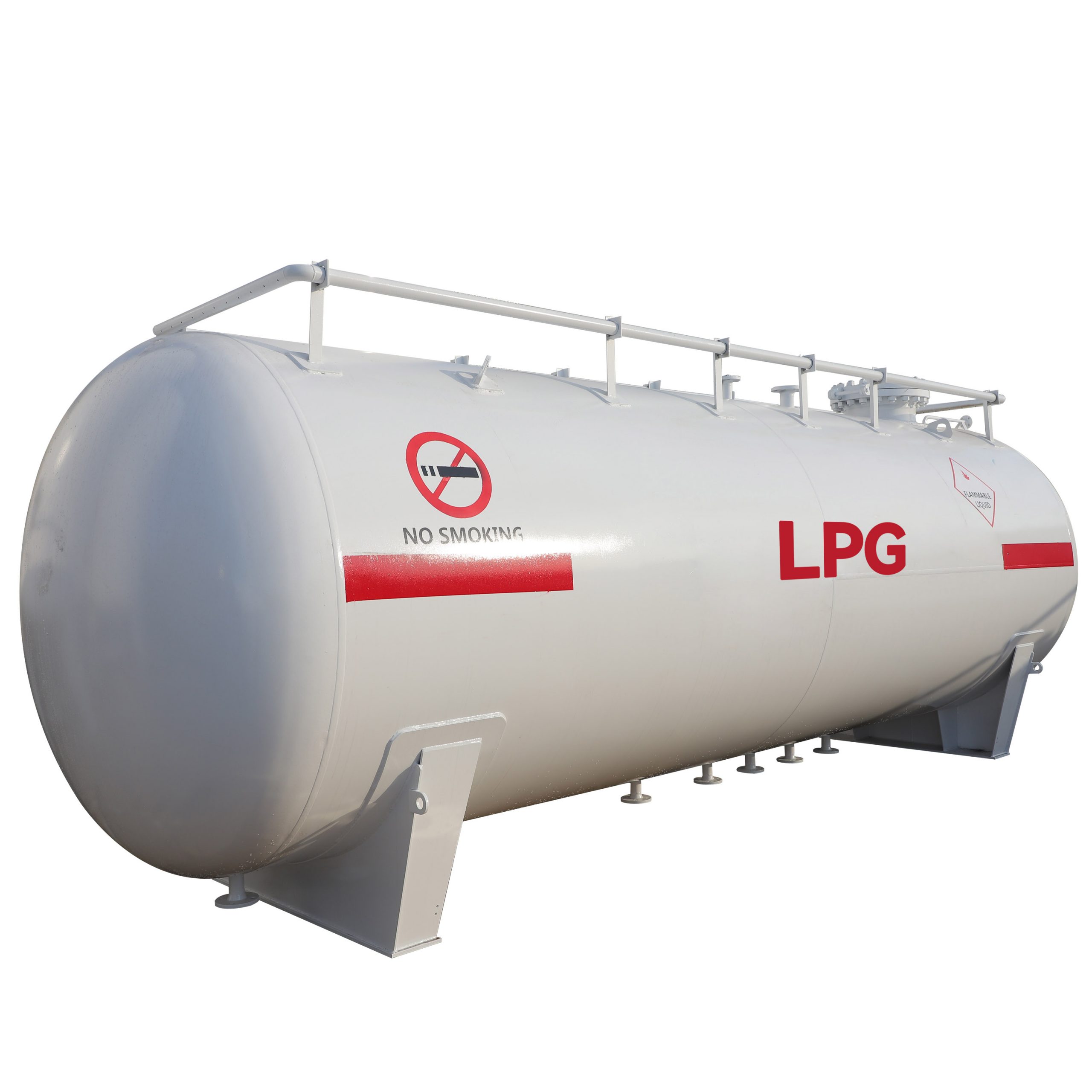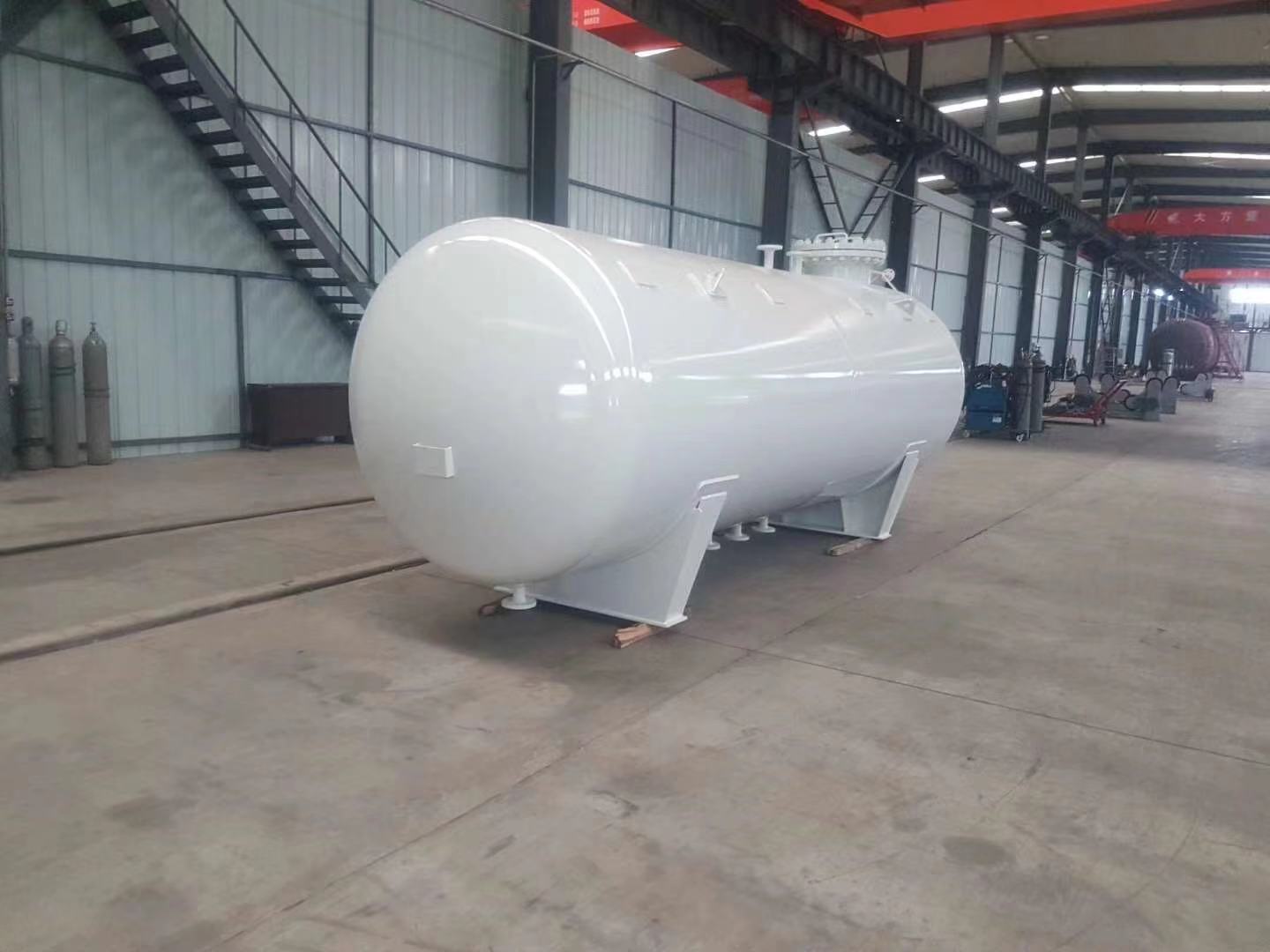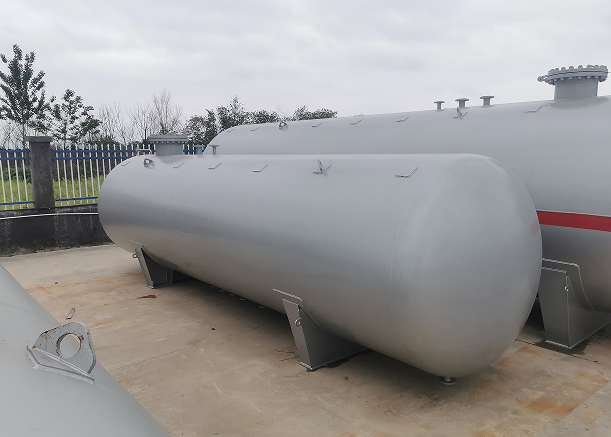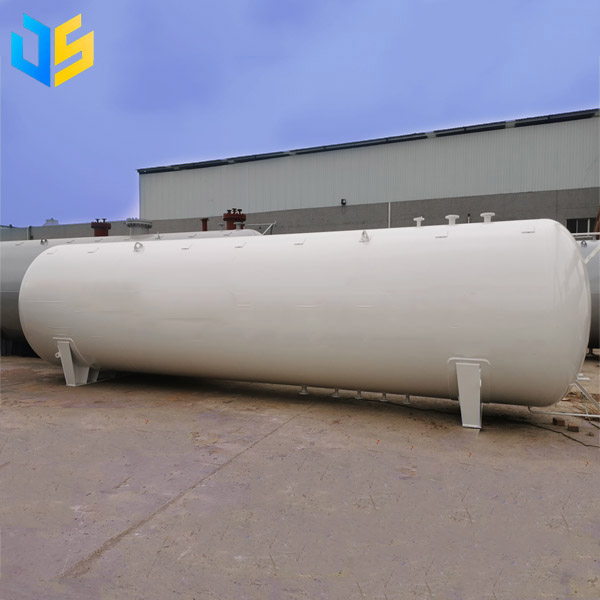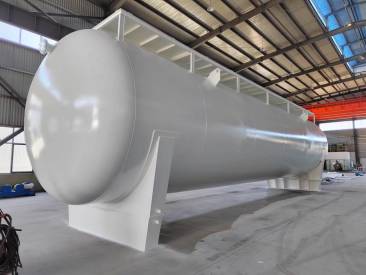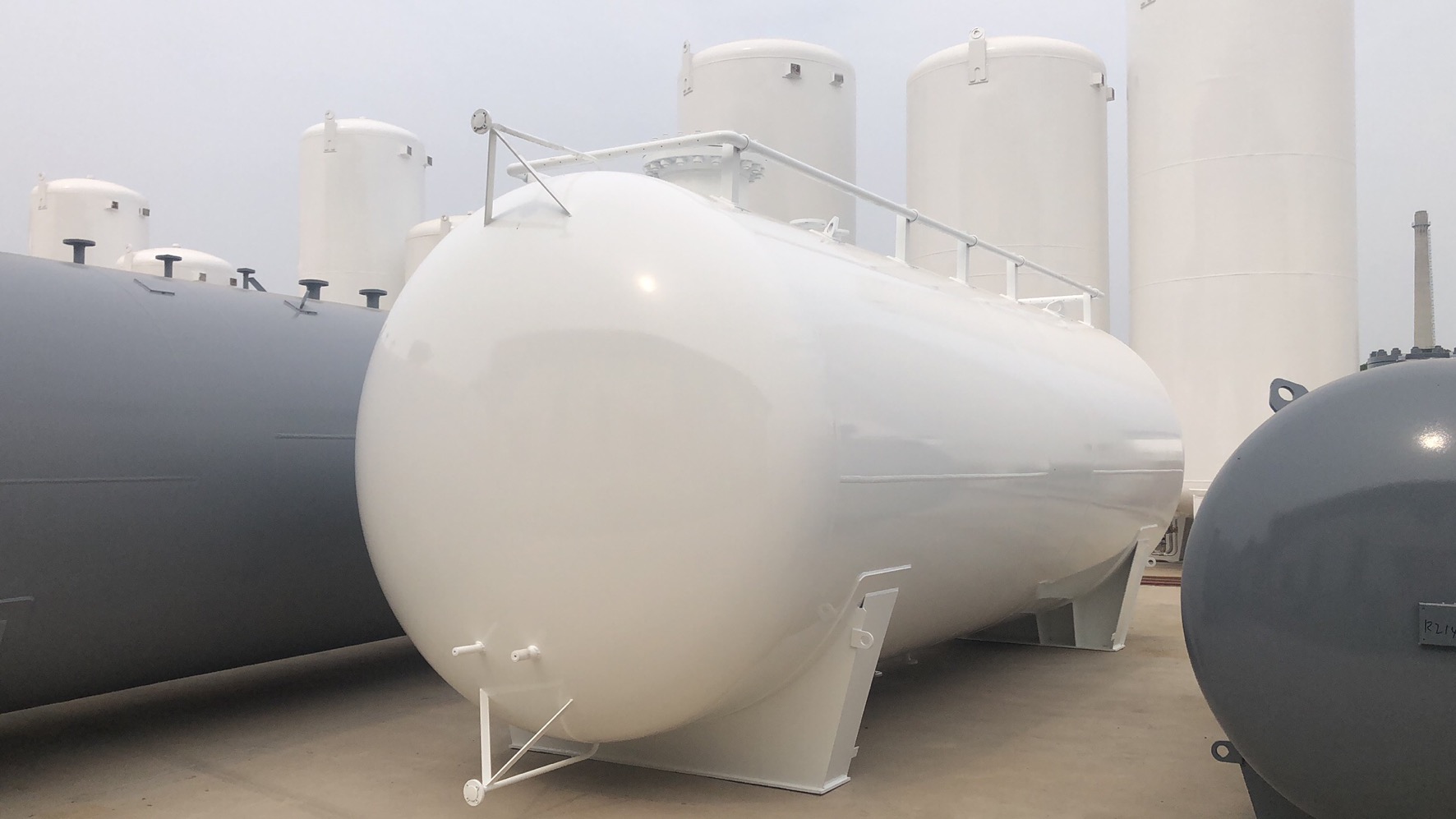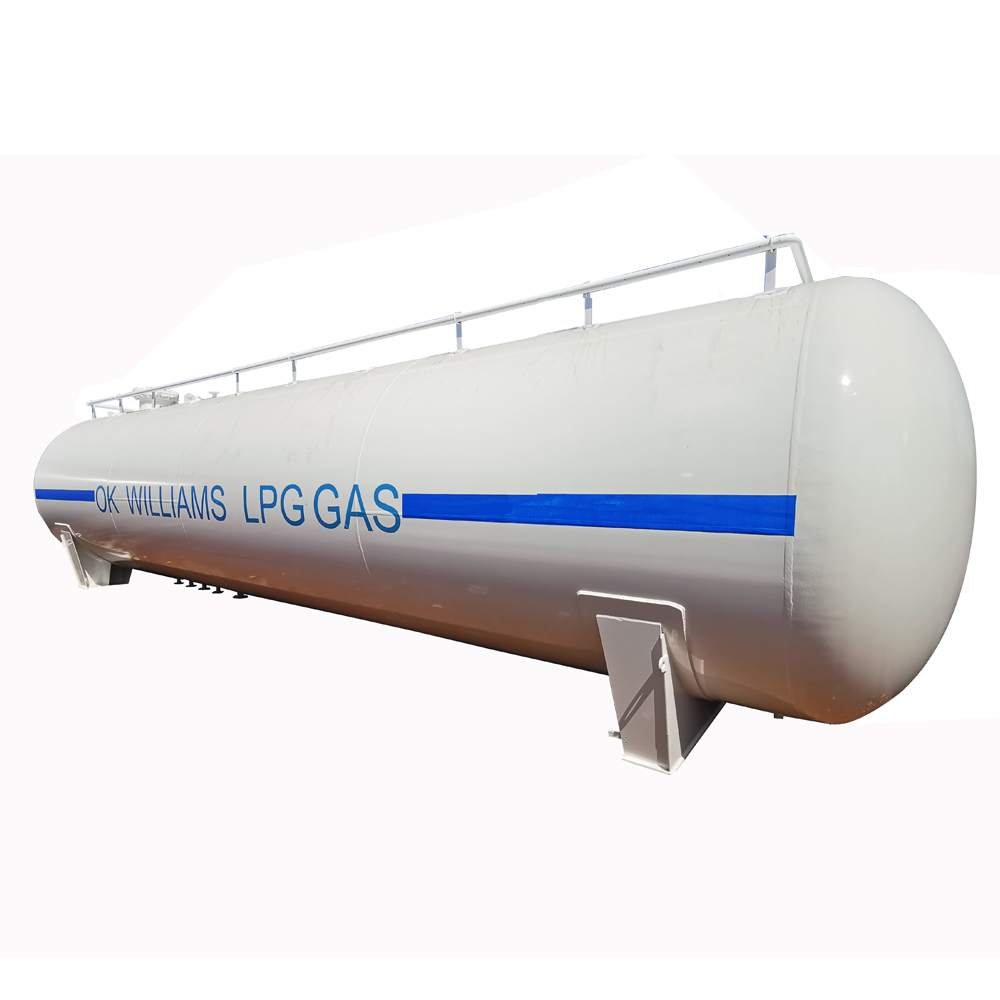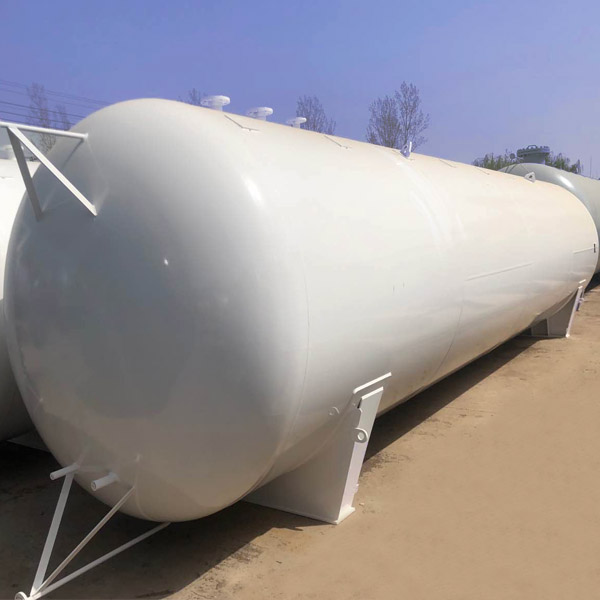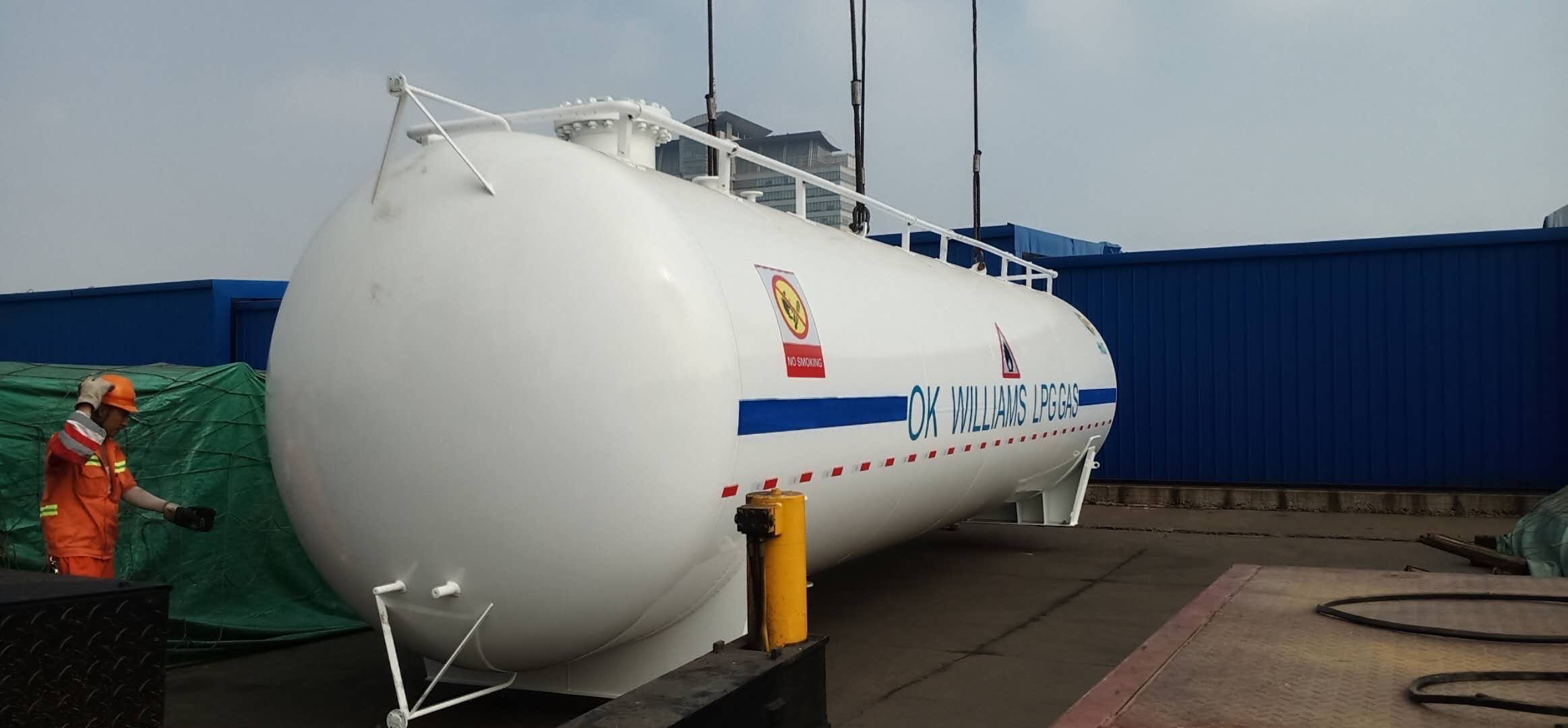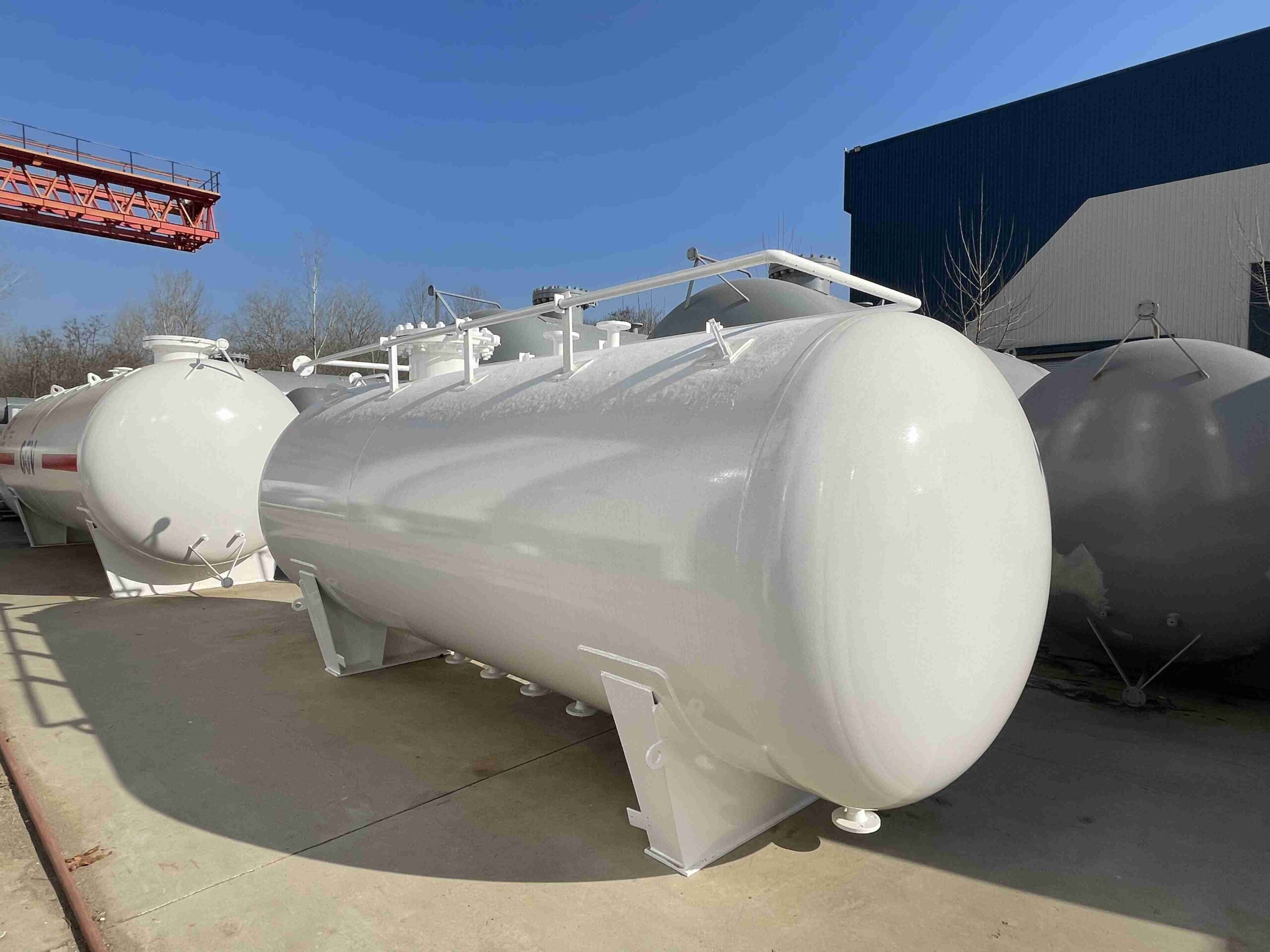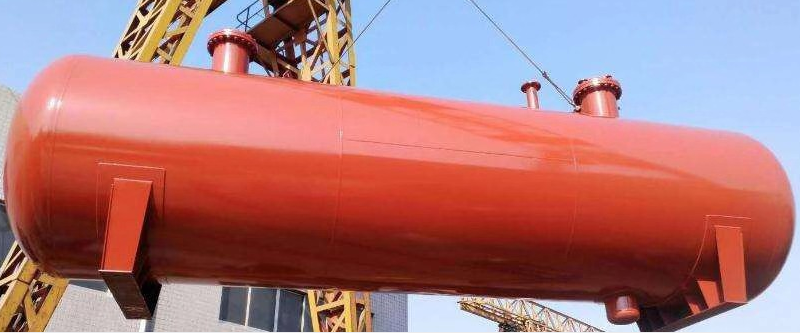LPG storage tank maintenance precautions
Liquefied gas storage tanks belong to Class III pressure vessels and are used to hold liquefied gas. Liquefied gas is a flammable and explosive gas, and its manufacturing process is very strict.
Regular inspections are also required during use, and if any leaks are found, they should be repaired promptly.
1. Major repairs to products should be carried out by units with corresponding repair qualifications.
2. Prior to major repair construction, written notification should be provided to the pressure vessel use registration authority.
3. Before the repair personnel enter the interior of the container, the user unit should refer to the requirements of the “Safety Technical Supervision Regulations for Fixed Pressure Vessels”, make preparations and clean up work, and strictly prohibit personnel from entering if the requirements are not met.
4. Internal cleaning and replacement before repair: The liquefied petroleum gas in the storage tank to be repaired is pumped into the in-service storage tank using a hydrocarbon pump. After the liquid liquefied petroleum gas is pumped out, a compressor is used to pump the gaseous petroleum gas into the in-service storage tank. Stop pumping when it reaches approximately 0.05MPa. Then fill the storage tank with water, stop the water when the water level rises to a height close to the gas phase pipe opening, and soak for at least 24 hours. Set up water seals and combustion nozzles, and use water pressure to seal the remaining air pressure inside the tank and burn it at the combustion nozzle; Alternatively, inert gas can be used for replacement treatment. Finally, conduct oxygen content analysis and gas concentration analysis on the tank. The content of liquefied gas should be lower than the lower explosion limit, and replacement is considered qualified. Only after passing the analysis can the tank be put into operation

